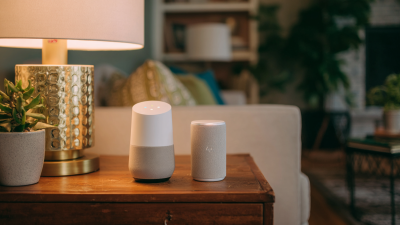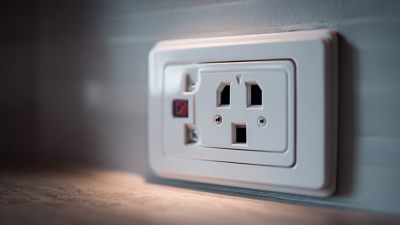
-
Home
-
About Us
-
Products
-
Total Solution
-
News
-
Blog
-
Contact Us
Leave Your Message
-
-
Phone
-
E-mail
-
Whatsapp
-
Whatsapp



In recent years, the demand for power inverters has surged as more consumers and businesses seek reliable solutions for converting DC power to AC power. According to industry reports, the global power inverter market is projected to reach $19 billion by 2028, growing at a CAGR of 8.2% from 2021 to 2028. This growth is driven by the increasing adoption of renewable energy systems, such as solar panels, which require efficient power inverters for optimal performance. With numerous options available, selecting the right power inverter can be daunting. It is essential to consider factors like wattage requirements, efficiency ratings, and form factors to ensure you choose an inverter that meets your specific needs. In this blog, we will explore five essential tips based on current industry statistics to help you make an informed decision when selecting a power inverter that suits your requirements and budget.
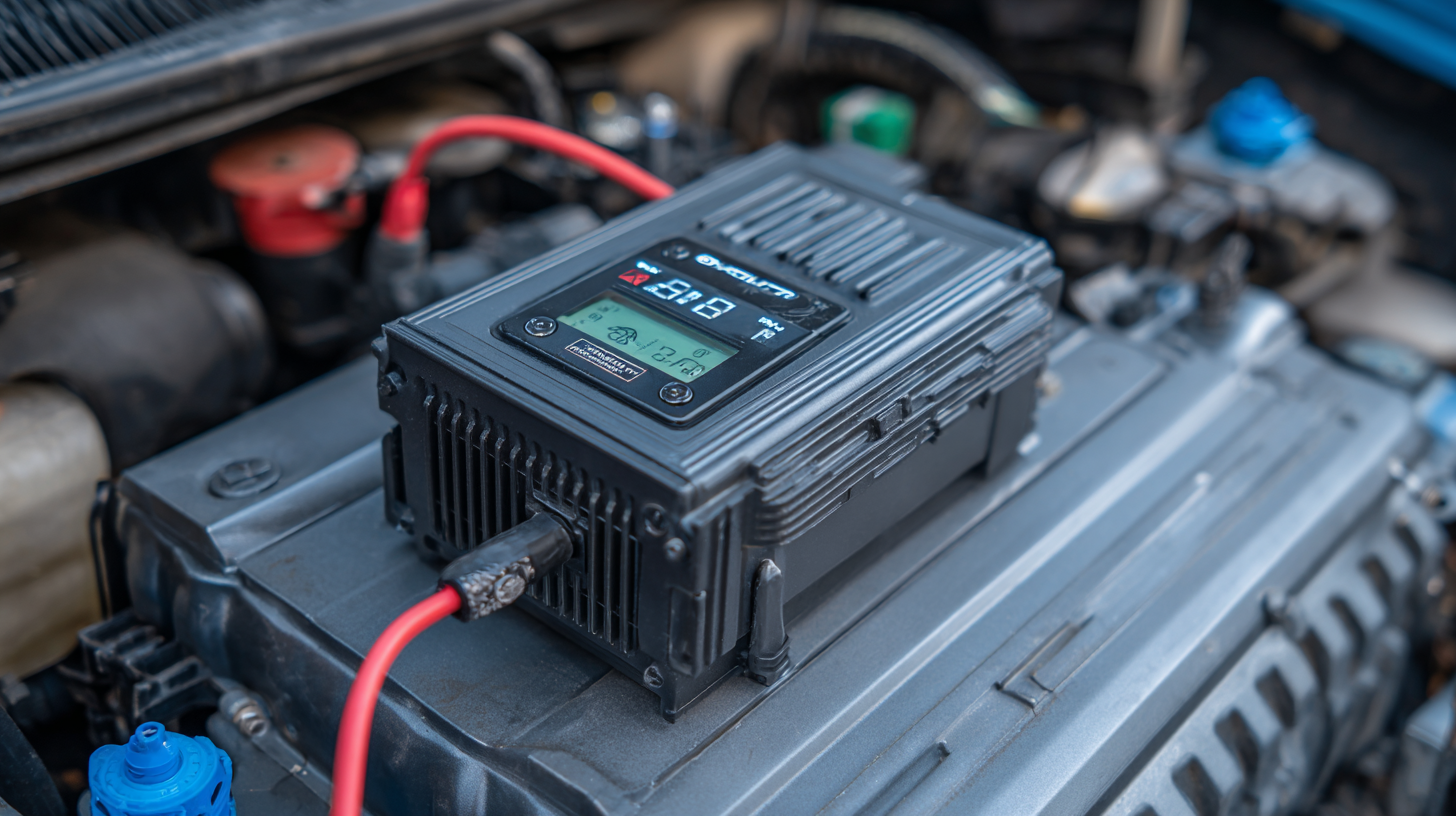
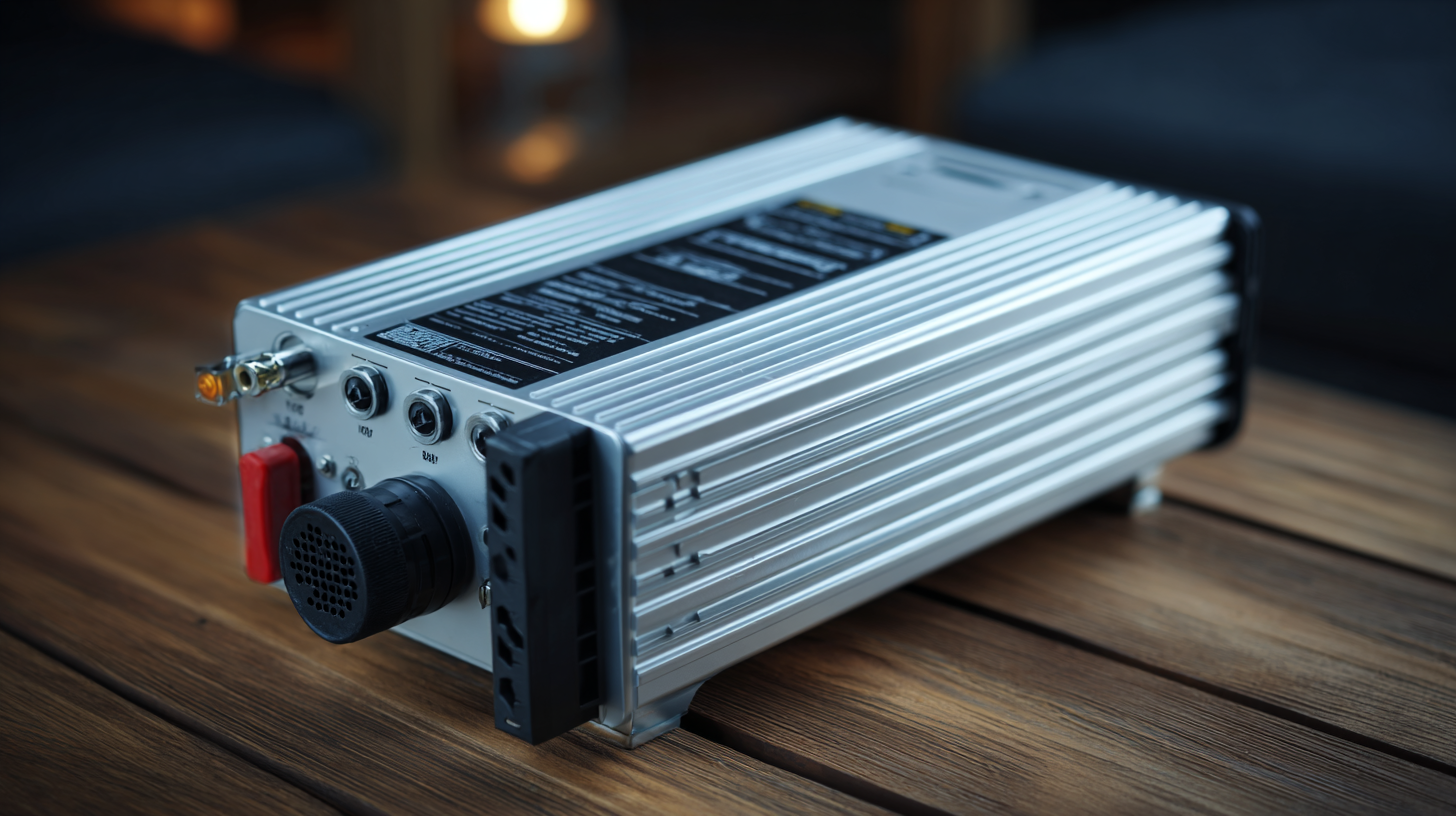 Power inverters are crucial components that convert direct current (DC) into alternating current (AC), allowing you to power a wide variety of appliances and devices. Understanding the key types of power inverters is essential for selecting the right one for your needs. The two primary classifications are pure sine wave inverters and modified sine wave inverters. Pure sine wave inverters produce a smooth, uninterrupted wave, making them ideal for sensitive electronic devices like laptops and medical equipment. On the other hand, modified sine wave inverters are typically more affordable and suitable for simpler devices like lights and fans.
Power inverters are crucial components that convert direct current (DC) into alternating current (AC), allowing you to power a wide variety of appliances and devices. Understanding the key types of power inverters is essential for selecting the right one for your needs. The two primary classifications are pure sine wave inverters and modified sine wave inverters. Pure sine wave inverters produce a smooth, uninterrupted wave, making them ideal for sensitive electronic devices like laptops and medical equipment. On the other hand, modified sine wave inverters are typically more affordable and suitable for simpler devices like lights and fans.
Another important category is grid-tie inverters, which work in conjunction with solar panels to feed excess energy back into the electrical grid. These inverters optimize energy production by synchronizing with grid voltage and frequency. Additionally, off-grid inverters are designed for standalone power systems, such as those in remote areas. Understanding the functions and applications of these different types of power inverters will help you make an informed choice tailored to your specific energy requirements.
With the right inverter, you can ensure optimal performance and longevity of your electrical appliances.
When selecting the right power inverter for your needs, understanding your power requirements is crucial. According to the National Renewable Energy Laboratory (NREL), the average American home uses about 877 kWh per month, translating to roughly 29 kWh per day. To determine the ideal inverter size, start by assessing which devices you'll power simultaneously and their wattage ratings. For instance, if you plan to run a refrigerator, a few lights, and a television, you might need an inverter that can handle a combined load of around 800-1,000 watts.
The Solar Energy Industries Association (SEIA) notes that inverters should be able to handle at least 125% of the maximum continuous load to ensure they run efficiently and avoid overloads. Therefore, it’s advisable to select an inverter with a capacity that exceeds your total wattage calculations. For example, if your devices require 900 watts, a 1,200-watt inverter would provide the necessary buffer. By carefully calculating your power needs based on the latest industry statistics, you can choose an inverter that meets your demands without incurring unnecessary costs or complications.
| Inverter Type | Input Voltage (V) | Output Wattage (W) | Typical Applications | Efficiency (%) |
|---|---|---|---|---|
| Pure Sine Wave | 12V | 1000W | Home Appliances | 90% |
| Modified Sine Wave | 12V | 800W | Power Tools | 85% |
| Grid Tie | 240V | 3000W | Solar Applications | 95% |
| Portable Inverter | 12V | 600W | Camping & RV | 88% |
| High-Frequency Inverter | 24V | 1500W | Telecommunications | 92% |
When choosing a power inverter, consumers are increasingly relying on data-driven insights gleaned from industry statistics and customer feedback. Recent reports indicate that brands like Victron and Renogy rank high in reliability, with Victron achieving a customer satisfaction rate of 92% based on extensive surveys conducted over the past year. This level of trust can largely be attributed to their robust product guarantees and superior technical support, which have become essential features for users seeking long-term performance from their inverters.
Moreover, industry trends highlight a strong shift towards brands that not only provide high efficiency but also emphasize safety features. According to the latest market analysis, inverters with built-in surge protection and safety certifications see a 30% higher customer approval rating compared to those lacking these critical features. Brands such as Xantrex and AIMS Power are consumers' preferred choices, largely due to their commitment to innovation and feedback-driven improvements. This information underscores the importance of analyzing customer reviews and industry statistics when selecting an inverter that best suits one's needs, ultimately leading to informed purchasing decisions.
When selecting a power inverter, safety features should take precedence, especially given the increasing emphasis on regulatory compliance within the industry. According to a report by the National Fire Protection Association (NFPA), electrical fires caused by improper inverter settings and defects have risen by over 25% in the last decade. Ensuring your inverter meets industry standards is crucial to minimize risks related to overheating, short-circuiting, and electric shocks. Look for models that are UL certified and adhere to the latest safety guidelines to safeguard both people and property.
Another critical aspect is the inclusion of protective devices such as overload protection, thermal shutdown capabilities, and low-voltage disconnects. According to a study from the Consumer Product Safety Commission (CPSC), inverters with integrated protective features reduce the likelihood of device failure by 40%. Investing in an inverter with a robust safety framework not only ensures compliance with industry regulations but also enhances the longevity and reliability of your energy system, making informed choices paramount for both commercial and residential users.
When selecting a power inverter, striking a balance between cost and quality is crucial. According to a recent study by MarketsandMarkets, the global power inverter market is expected to reach USD 18.77 billion by 2026, growing at a CAGR of 10.2%. This growth underscores the increasing reliance on these devices across various sectors, from automotive to renewable energy. Choosing the right inverter is essential, not just for managing budgets but also for ensuring optimal performance.
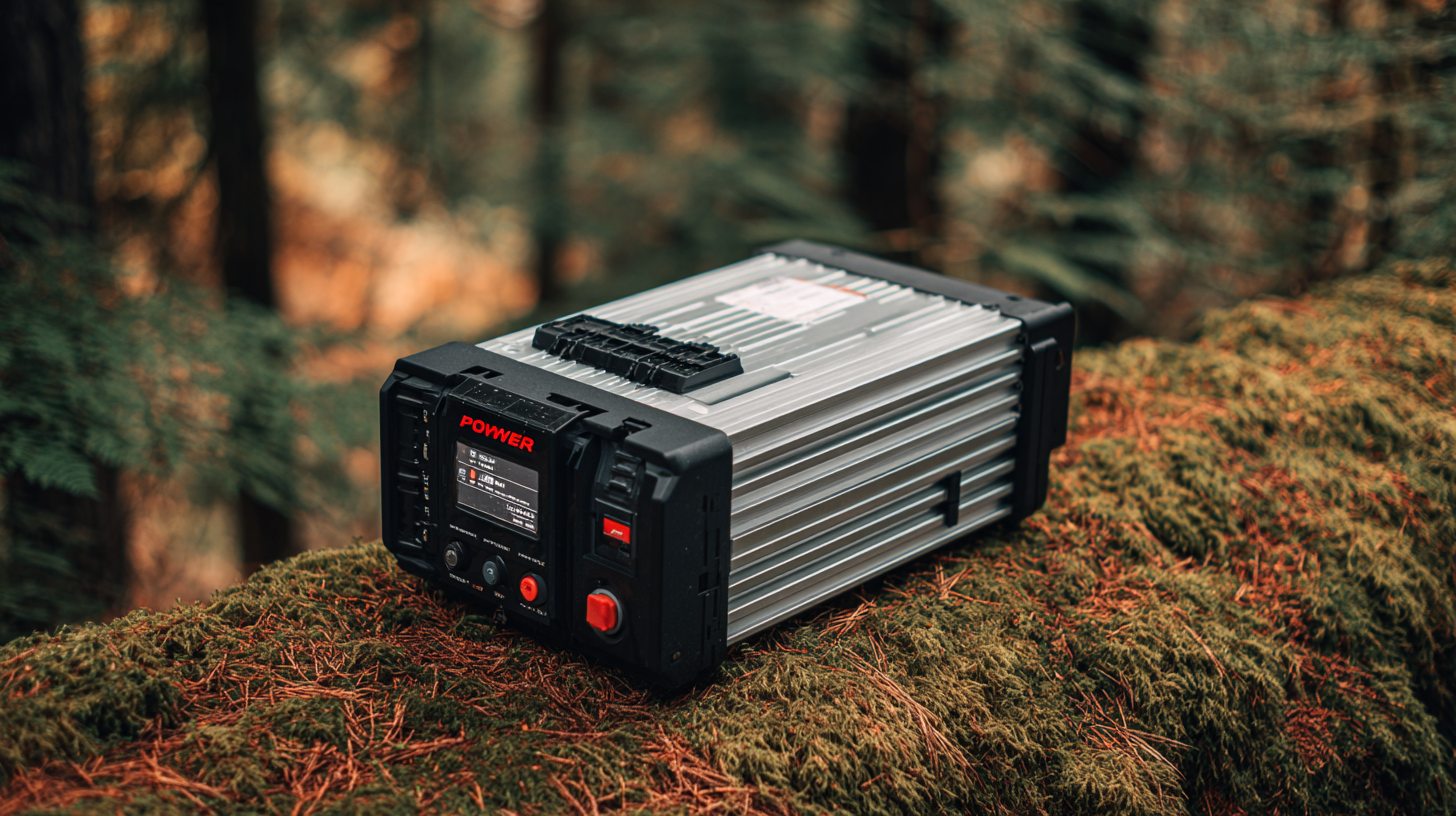
Cost is often a primary concern, but it's important to consider long-term value. High-quality inverters may have a higher upfront cost, but they often offer greater efficiency and durability. For instance, industry data indicates that premium inverters can deliver up to 95% efficiency compared to 80% for lower-end models. This efficiency translates into significant savings over time, particularly in applications requiring continuous power supply. Hence, prioritizing quality over a lower sticker price can lead to better investment returns in the long run.


